- Geschäftsprozessmanagement (BPM)Dokumenten-Management-System (DMS)Elektronisches Qualitätsmanagementsystem (QMS)Risk, Governance & Compliance (GRC)Schnelle Anwendungsentwicklung mit wenig Code (LC)Betriebliches Kontinuitätsmanagement (BCM)Unternehmensarchitektur (EA)Geschäftsprozessmanagement (BPM)
- Geschäftsprozessmanagement Übersicht
- AI Prozess-Parsing, -Generierung, -Analyse & -Verbesserung
- Prozess-Mapping / Modellierung
- Prozess-Analyse und Verbesserung
- Prozess-Simulation
- Prozess-Mining
- Zusammenarbeit & Governance
- Data Migration und Integration
- Anbindung der Offline-App
 Dokumenten-Management-System (DMS)
Dokumenten-Management-System (DMS)- Dokumentenlenkung Übersicht
- KI-Inhaltserstellung und -verbesserung
- Verwaltung von Richtlinien und Verfahren (SOP)
- Zusammenarbeit & Governance
- Data Migration und Integration
- Anbindung der Offline-App
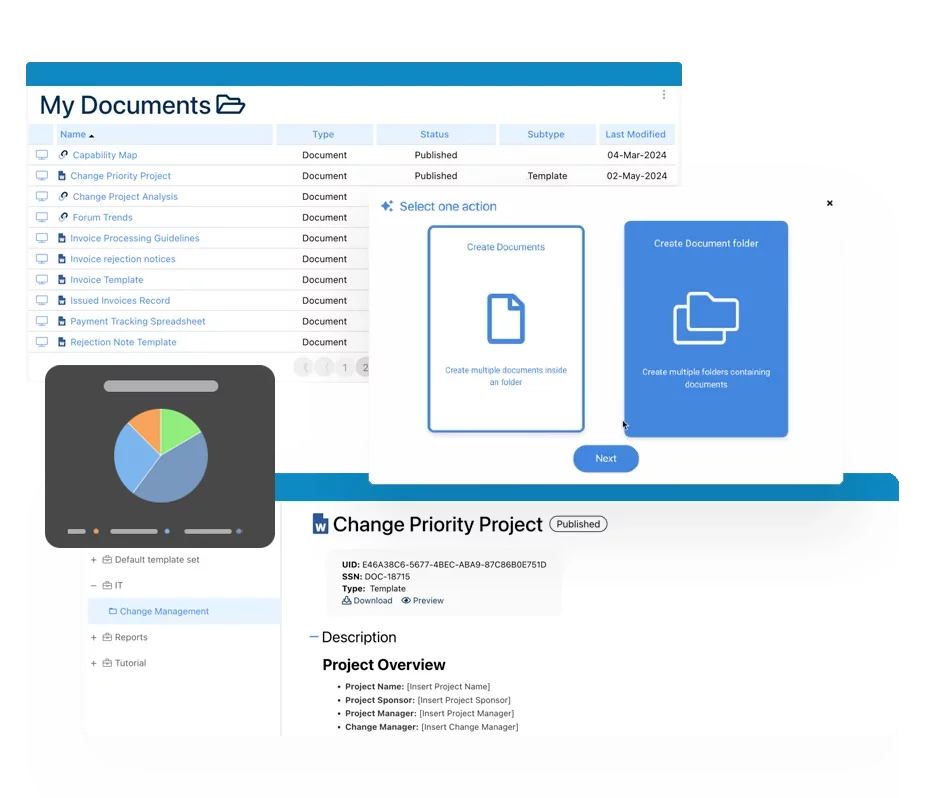 Elektronisches Qualitätsmanagementsystem (QMS)
Elektronisches Qualitätsmanagementsystem (QMS)- Überblick über das Qualitätsmanagementsystem
- Dokumente Control & Aufzeichnungen Mgmt
- Audit & Akkreditierung Mgmt
- Korrektur- und Präventivmaßnahmen
- Qualitätsereignis (nicht konform/konform), beschwerde, konformität
- Risikomanagement
- Management von Vorfällen
- Umwelt, Gesundheit und Sicherheit
- Produkt- und Lieferantenmanagement (SCAR)
- Ausbildung Management
- Control Management
- Aktionspunkte Management
- Management Review
- FMEA
- Pharmakovigilanz
- Data Migration und Integration
 Risk, Governance & Compliance (GRC)
Risk, Governance & Compliance (GRC)- Überblick zu Risiko, Governance & Compliance
- Risikomanagement und Kontrolle
- Einhaltung gesetzlicher Vorschriften
- Zusammenarbeit & Governance
- Data Migration und Integration
- Anbindung der Offline-App
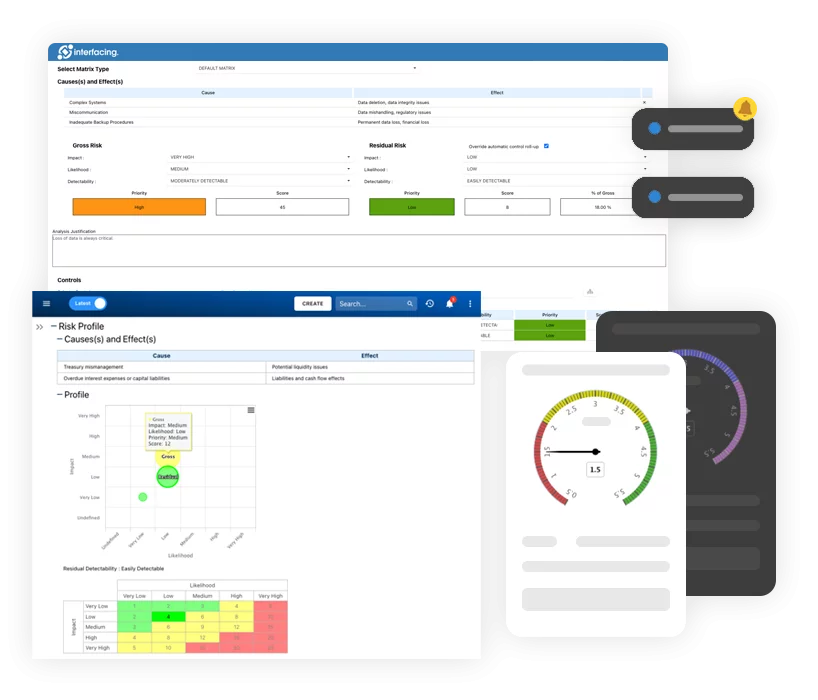 Schnelle Anwendungsentwicklung mit wenig Code (LC)
Schnelle Anwendungsentwicklung mit wenig Code (LC)- Low-Code-Automatisierungsplattform Übersicht
- Gestaltung elektronischer Webformulare (eFORMS)
- Low-Code-Automatisierungsplattform Übersicht
- Datenbank Tabelle Entity Designer
- Konzeption und Management von Aufgaben
- Entwurf und Verwaltung von BPMS-Anwendungen
- Integration mit externen Ressourcen und Anwendungen
- Definieren & Verwalten von Regeln/ Kontrollen/ Aktionen
- Elektronische Dienstleistungen
- Benutzer Startseite
- BAM (Business Activity Monitoring)
- Benutzerdefiniertes Dashboard-Design
- Data Migration und Integration
 Betriebliches Kontinuitätsmanagement (BCM)
Betriebliches Kontinuitätsmanagement (BCM)- BCM-Übersicht
- Analyse der geschäftlichen Auswirkungen
- Katastrophenschutz-Simulation
- Verwaltung der Handlungspunkte
- Verwaltung von Massenbenachrichtigungen
- Vermögensverwaltung
- Data Migration und Integration
 Unternehmensarchitektur (EA)
Unternehmensarchitektur (EA) Beratungsdienste
Interfacing ist hier, um Sie bei allen Transformationsinitiativen zu begleiten.
- Einhaltung gesetzlicher VorschriftenAnwendungsfälleLernzentrumRahmen & PraktikenEinhaltung gesetzlicher VorschriftenAnwendungsfälle
- Qualitätsmanagement-System (QMS)
- Digitale Transformation
- Kontinuierliche Verbesserung
- Governance, Risiko & Compliance
- Wissensmanagement
- Systemimplementierung (ERP, CRM…)
 Lernzentrum
Lernzentrum- Gemeinschaftsportal
- Webinare
- Videos
- Was ist BPM?
- BPMN 2.0-Symbolik
- Prozess-Mapping vs. Modellierung
- Glossar
 Rahmen & Praktiken
Rahmen & Praktiken - Über unsKundenerfolgPartnerÜber unsKundenerfolgPartner



NIST 800-53 vs ISO 27001: Complementary Frameworks, Not Competitors
Please Select contact form.
Discover how SaaS providers can combine ISO 27001’s governance with NIST 800-53’s technical controls to build stronger compliance frameworks.
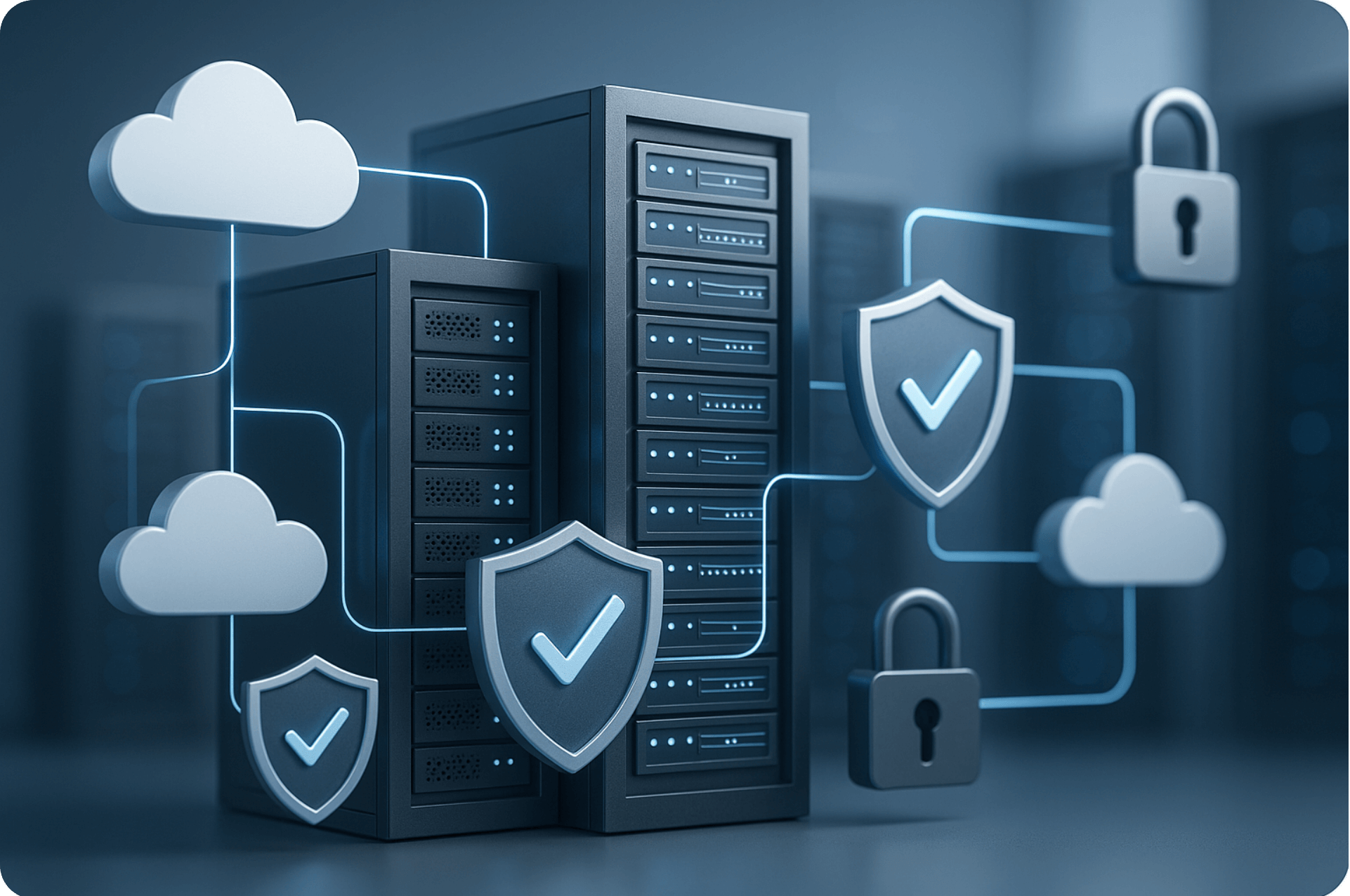
Executive Summary
NIST Special Publication 800‑53 (Rev 5, Sept 2020) and ISO/IEC 27001 (2013) represent two leading cybersecurity and privacy frameworks adopted by global SaaS providers, especially in highly regulated industries like life sciences, aerospace, and financial services. Though often viewed as alternatives, each serves a distinct and complementary role:
NIST 800‑53 offers granular, prescriptive controls across 20 families (e.g., access, incident response, supply-chain risk).
ISO 27001 defines a risk-based Information Security Management System (ISMS), focused on what to do and why.
When used in tandem:
ISO 27001 sets strategic objectives and policy structures, fostering a culture of governance and continuous improvement.
NIST 800‑53 provides granular guidance to execute on those objectives with technical precision.
Together, they address both the high-level management system and the low-level operational controls, enabling SaaS firms to achieve robust compliance, defend against technical and process risks, and build trust with clients and regulators worldwide.
Bottom line: Leveraging ISO 27001 and NIST 800‑53 together lets SaaS organizations create an integrated, scalable, and defensible compliance framework.
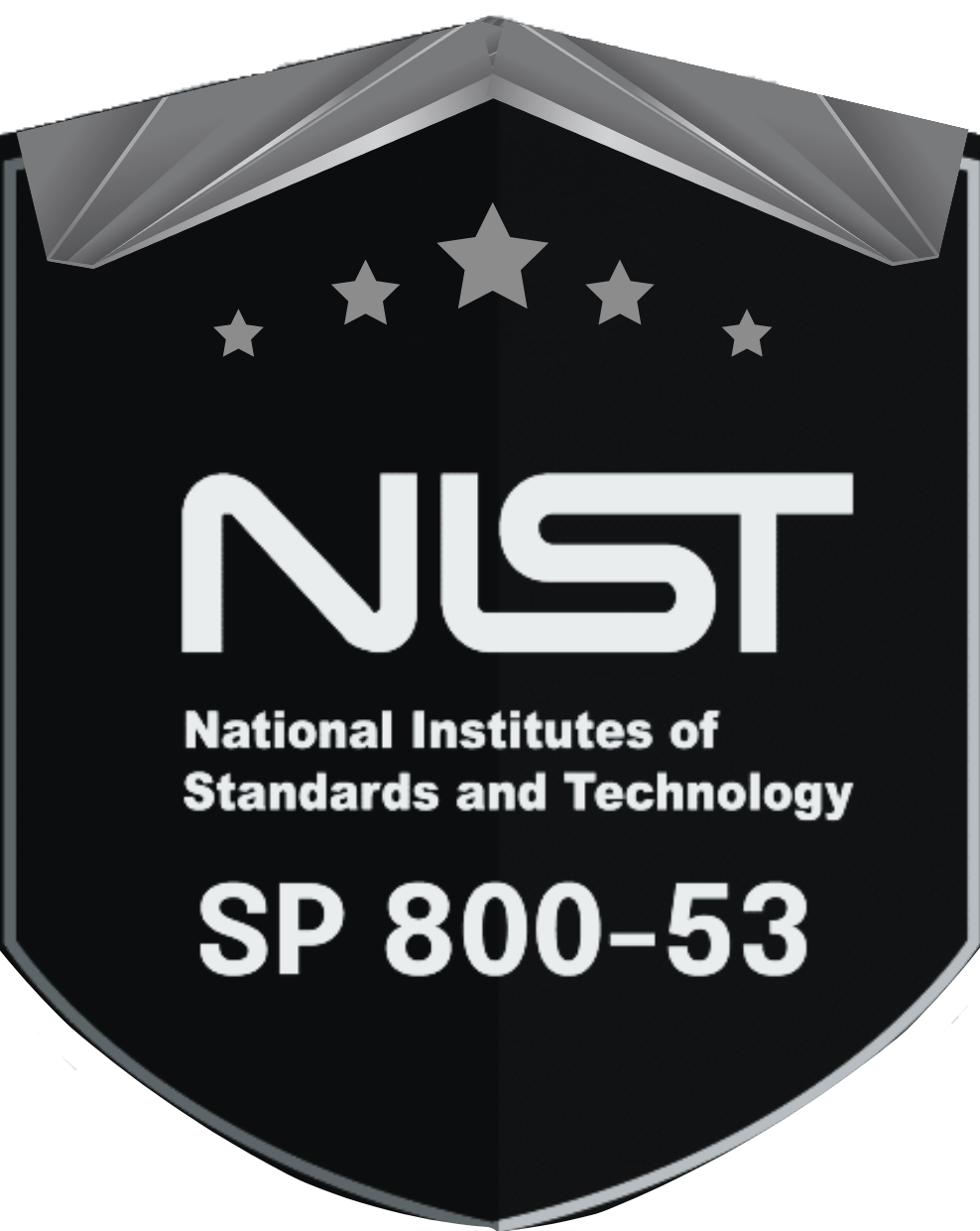
NIST 800-53
- Purpose: Offers over 1,000 detailed security and privacy controls grouped into 20 families.
- Approach: Prescriptive execution, technology-neutral, outcome-focused.
- Strengths:
- Very detailed control definitions
- Strong on cloud, supply-chain and privacy since Rev 5
- Built for audit delegation (FedRAMP, CMMC)
- Challenges:
- Can overwhelm organizations with its scope
- Requires technical expertise to implement effectively
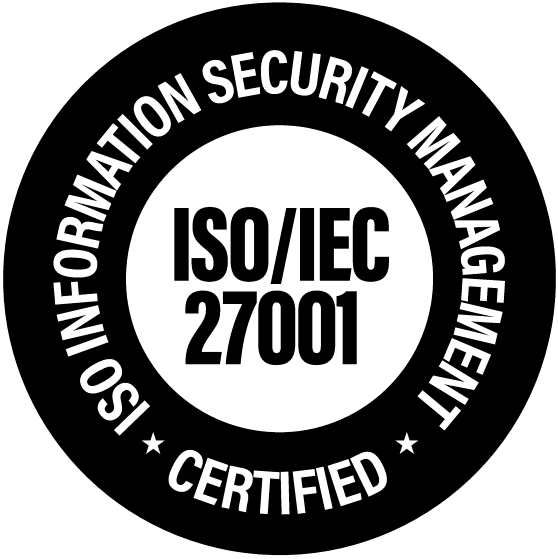
ISO 27001
- Purpose: Defines requirements for establishing, implementing, maintaining, and improving an Information Security Management System.
- Approach: Risk-based; sets high-level controls via Annex A, but remains implementation-agnostic.
- Strengths:
- Universal recognition, often required for contracts
- Focus on governance, leadership, and continuous improvement
- Scalable—effective in small and large enterprises
- Challenges:
- Annex A controls are high-level and open-ended
- Requires supplementary controls to implement fully
Strengths & Weaknesses Compared
| Dimension | ISO 27001 | NIST 800‑53 |
|---|---|---|
| Purpose | High-level ISMS structure | Detailed control catalog |
| Governance & Policy | Strong focus, leadership-driven | Control-driven, less governance focus |
| Technical Controls | Abstract, requires interpretation | In-depth, audit-ready definitions |
| Implementation Effort | Moderate, scalable | High, resource-intensive |
| Global Recognition | ISO-accredited globally | Widely used in U.S., gaining global traction |
| Audit Partners | Certification bodies | 3PAOs, ATO, FedRAMP |
| Updates & Relevance | Periodic (every few years) | Revised set in Rev 5 (2020) |
Shared Domains & Where They Complement
Governance & Risk Management
- ISO 27001 formalizes risk assessment, treatment plans, and management reviews.
- NIST 800‑53 supports this with Risk Assessment (RA) and Security Assessment (CA) control families—thus enabling measurable, repeatable risk decisions.
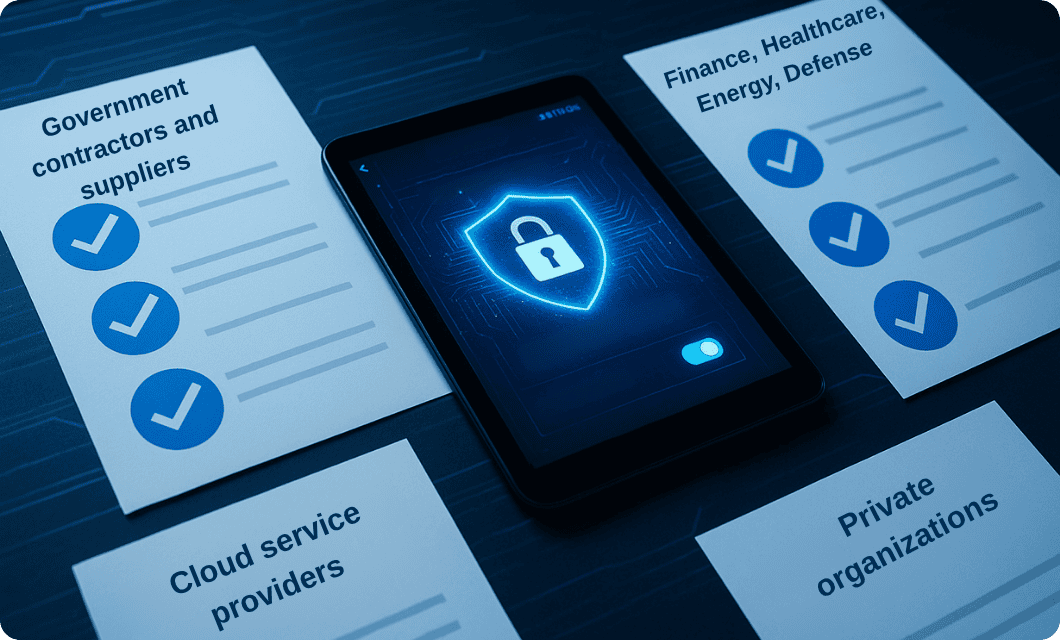

Access Control & Identity
- ISO provides high-level intent via Annex A.
- NIST details implementation in Access Control (AC) family, covering account management, authentication, session control.


Supplier / Supply‑chain Risk
- ISO 27001 Annex A.15 addresses supplier relationships generically.
- NIST 800‑53 Rev 5 expands with Supply Chain Risk (SR) family, offering specific vendor evaluation and monitoring controls..


Incident Response
- ISO demands incident capabilities via A.16.
- NIST delivers Incident Response (IR) family with direct technical controls on detection, analysis, mitigation, and reporting.
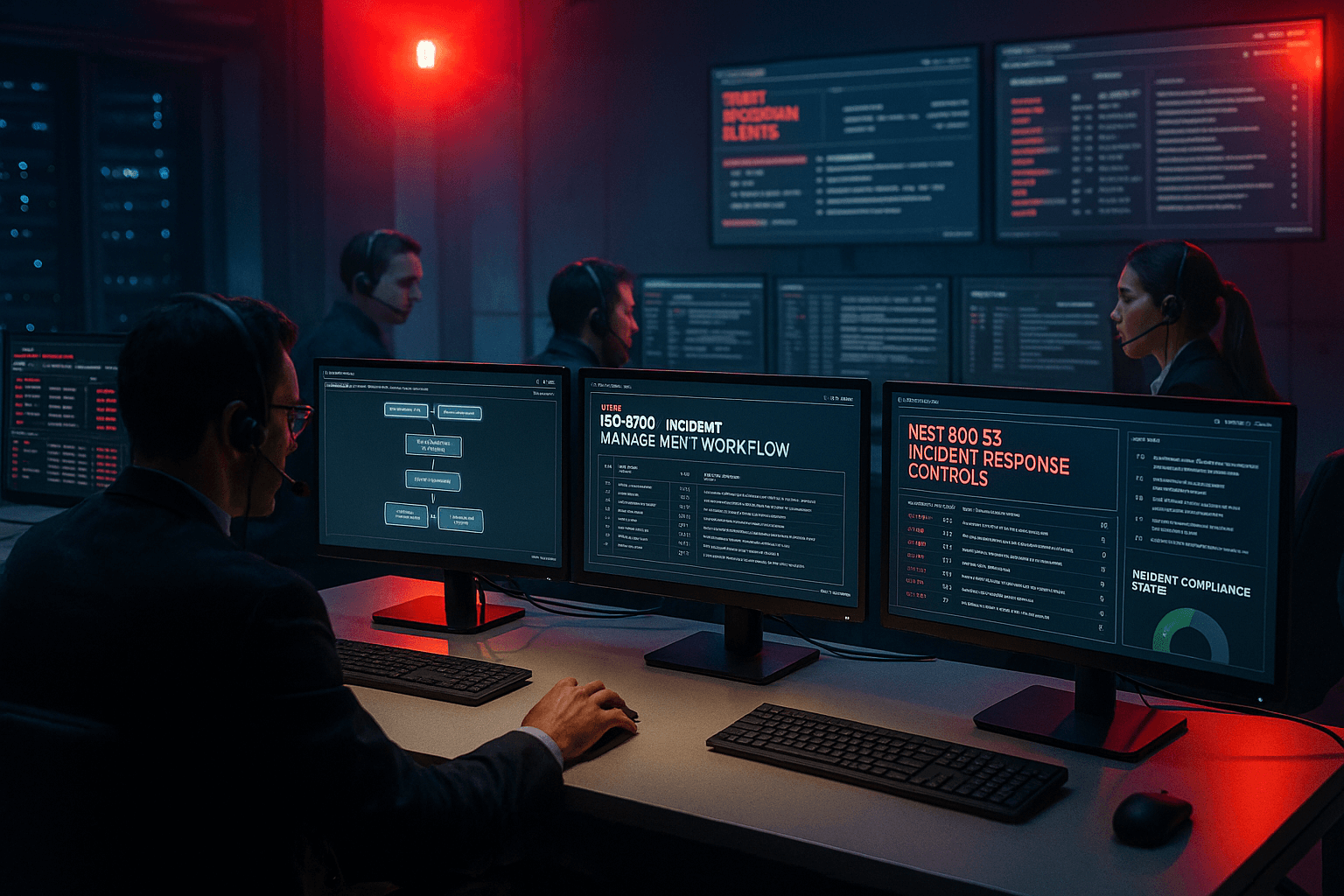

Why SaaS Needs Both
Regulatory flexibility: Clients may require global certifications (ISO) or U.S.-centric frameworks (FedRAMP/NIST).
Operational clarity: ISO structures strategy; NIST delivers execution.
Risk visibility: ISO identifies issues; NIST provides measurable controls.
Continuous improvement: ISO ISMS supports feedback loops; NIST delivers evidence to prove it.
Quick Reference Matrix: ISO vs. NIST
-
Aspect ISO 27001 NIST 800‑53 Scope ISMS requirement standard Security/privacy control catalog Best For Governance, certification Technical enforcement, audit readiness Control Detail Level High-level objectives Detailed, specific controls Ideal Use Case Leadership-driven programs Cloud/SaaS operations, technical teams Certification Path ISO certifier FedRAMP or 3PAO auditor Continuous Monitoring Encouraged, not required Essential for audit/compliance
Strategic Takeaways for SaaS Compliance Teams

Build your ISMS foundation with ISO 27001 – establish risk management, policies, and management commitment.

Use NIST 800‑53 to operationalize control delivery – employ its catalogs to implement and validate technical controls.
Align audit and monitoring approaches – use NIST evidence for ISO audits and build continuous monitoring frameworks.
Reassess annually – use ISO-led reviews to adapt control coverage, including updates such as NIST Rev 5 enhancements.
Communicate in hybrid terms – clients and regulators appreciate both frameworks; use whichever is most relevant to your interlocutors.
A Comprehensive Solution
NIST 800‑53 and ISO 27001 are not competitors. Together, they offer a comprehensive solution: ISO provides the strategic governance layer, while NIST delivers the tactical control implementation required for technical and operational assurance. For SaaS providers in regulated industries, combining these frameworks creates a robust compliance engine that supports growth, audit readiness, and client trust across global environments.
Warum Interfacing wählen?
Mit mehr als zwei Jahrzehnten Erfahrung in den Bereichen KI, Qualität, Prozesse und Compliance ist Interfacing nach wie vor ein führendes Unternehmen in der Branche. Bis heute hat das Unternehmen mehr als 500 erstklassige Unternehmen und Unternehmensberatungen aus allen Branchen und Sektoren bedient. Wir bieten weiterhin digitale, Cloud- und KI-Lösungen an, die es Organisationen ermöglichen, ihre Prozesse zu verbessern, zu kontrollieren und zu rationalisieren und gleichzeitig die Last der Einhaltung von Vorschriften und Qualitätsmanagementprogrammen zu verringern.
Wenn Sie weitere Informationen wünschen oder besprechen möchten, wie Interfacing Ihr Unternehmen unterstützen kann, füllen Sie bitte das folgende Formular aus.

Dokumentation: Transformation, Governance und Kontrolle vorantreiben
· Gewinnen Sie in Echtzeitd umfassende Einblicke in Ihre Abläufe.
· Verbessern Sie Governance, Effizienz und Compliance.
· Sorgen Sie für nahtlose Einhaltung von regulatorischen Standards.

eQMS: Automatisierung von Qualitäts- und Compliance-Workflows und Berichten
· Vereinfachen Sie das Qualitätsmanagement mit automatisierten Workflows und Überwachung.
· Optimieren Sie CAPA, Lieferantenaudits, Schulungen und verwandte Workflows.
· Verwandeln Sie Dokumentation in
umsetzbare Erkenntnisse für Quality 4.0.

Low-Code Rapid Application Development: Beschleunigung der digitalen Transformation
· Erstellen Sie benutzerdefinierte, skalierbare Anwendungen schnell.
· Reduzieren Sie Entwicklungszeit und -kosten.
· Passen Sie sich schneller an und bleiben Sie agil angesichts sich wandelnder Kunden- und Geschäftsanforderungen.

KI zur Transformation Ihres Unternehmens!
KI-gestützte Tools sind darauf ausgelegt, Abläufe zu optimieren, Compliance zu verbessern und nachhaltiges Wachstum voranzutreiben. Erfahren Sie, wie KI:
· Mitarbeiterfragen beantworten kann.
· Videos in Prozesse umwandelt.
· Empfehlungen zur Prozessverbesserung und zu regulatorischen Auswirkungen gibt.
· eForms, Prozesse, Risiken, Vorschriften, KPIs und vieles mehr generiert.
· Regulatorische Standards in fragmentierte Anforderungen zerlegt.

Request Free Demo
Document, analyze, improve, digitize and monitor your business processes, risks, regulatory requirements and performance indicators within Interfacing’s Digital Twin integrated management system the Enterprise Process Center®!
Kunden weltweit vertrauen auf uns
Mehr als 400 Unternehmen und Unternehmensberatungen von Weltrang




















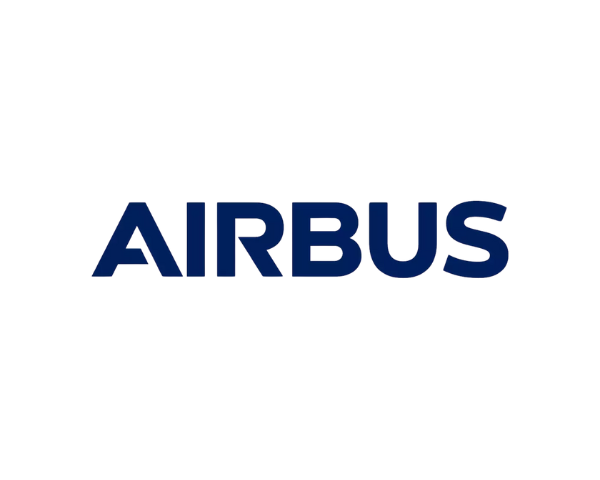
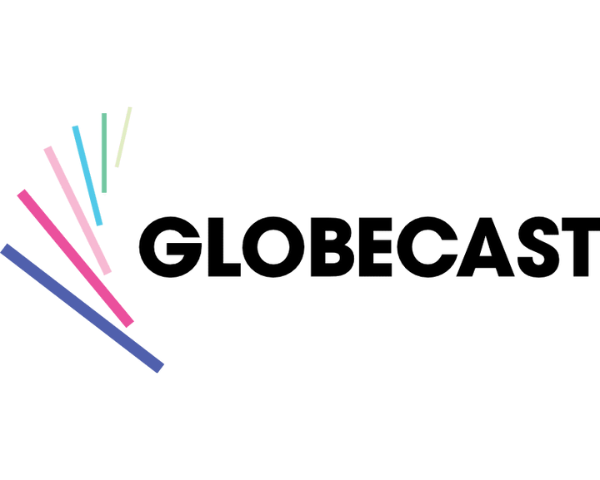
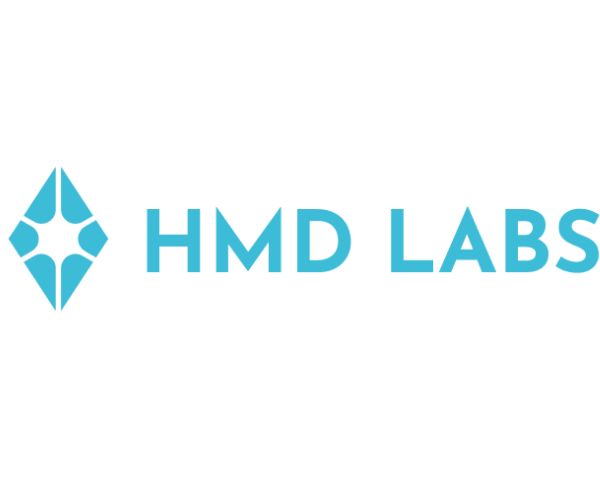
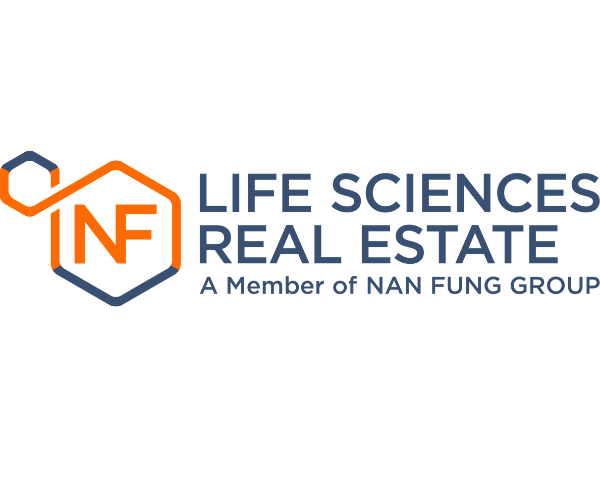
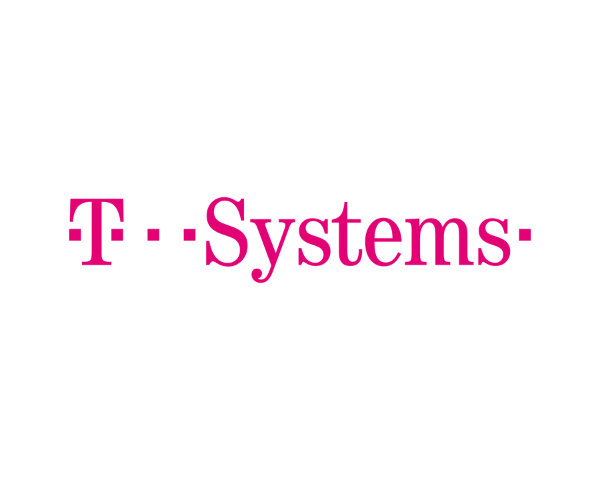

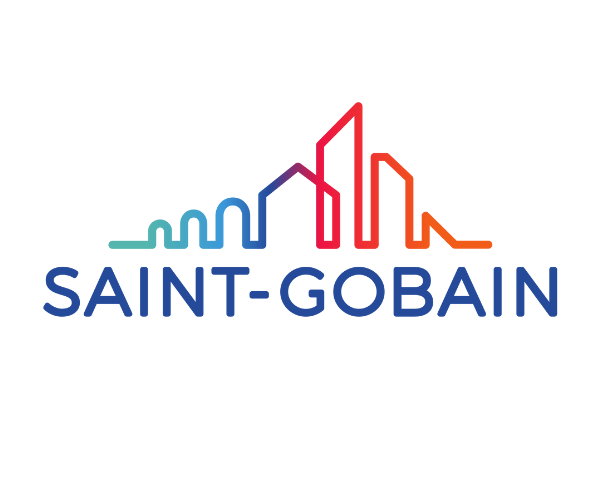

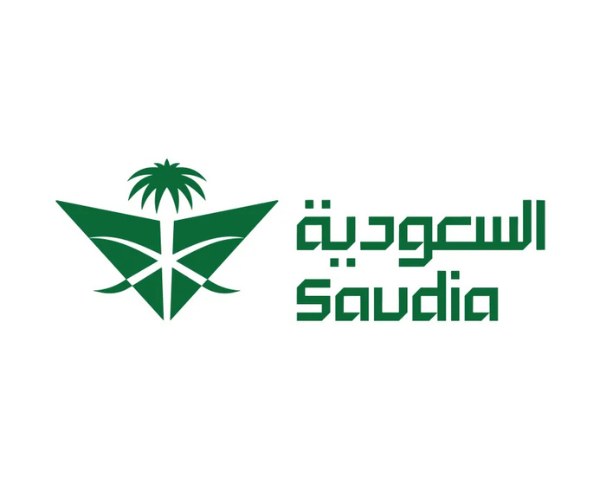






















INTEGRATION
Kunden weltweit vertrauen auf uns
Mehr als 400 Unternehmen und Unternehmensberatungen von Weltrang



























